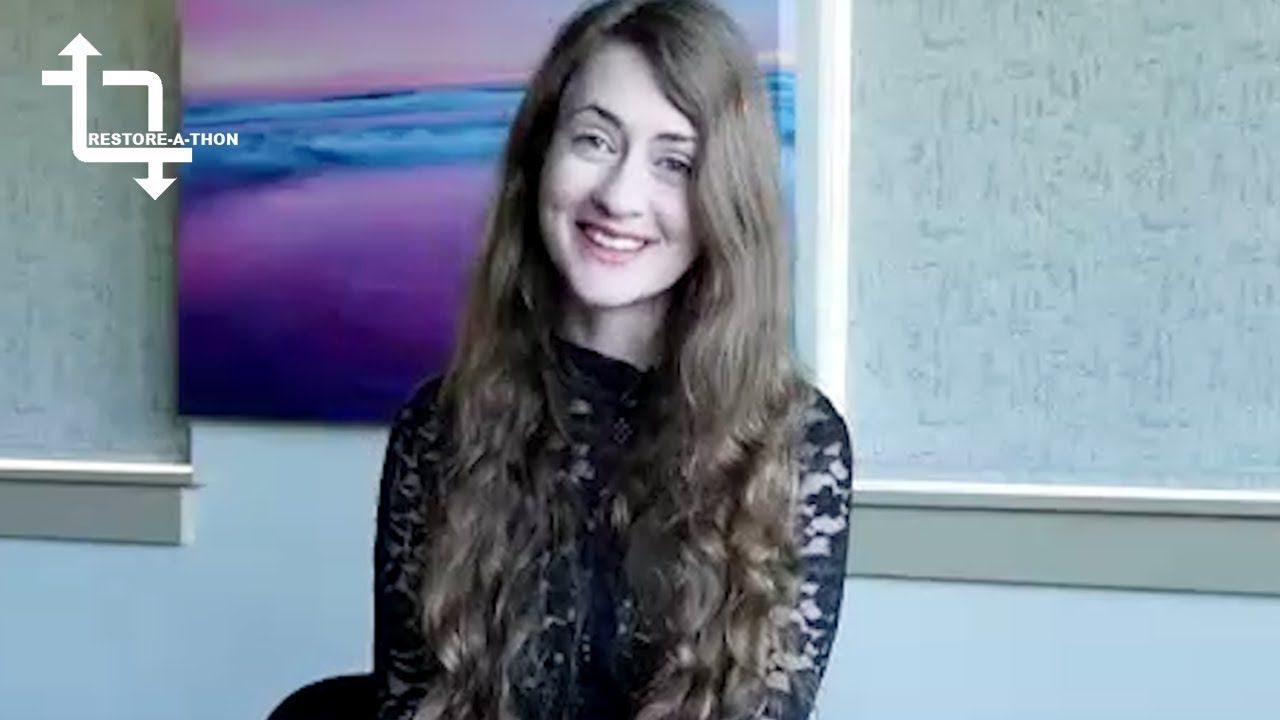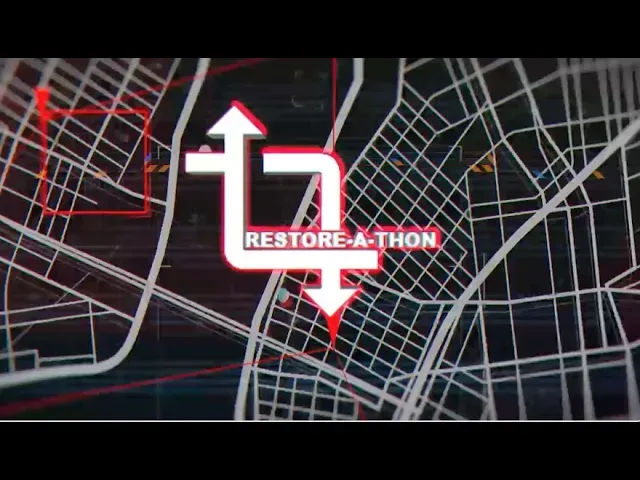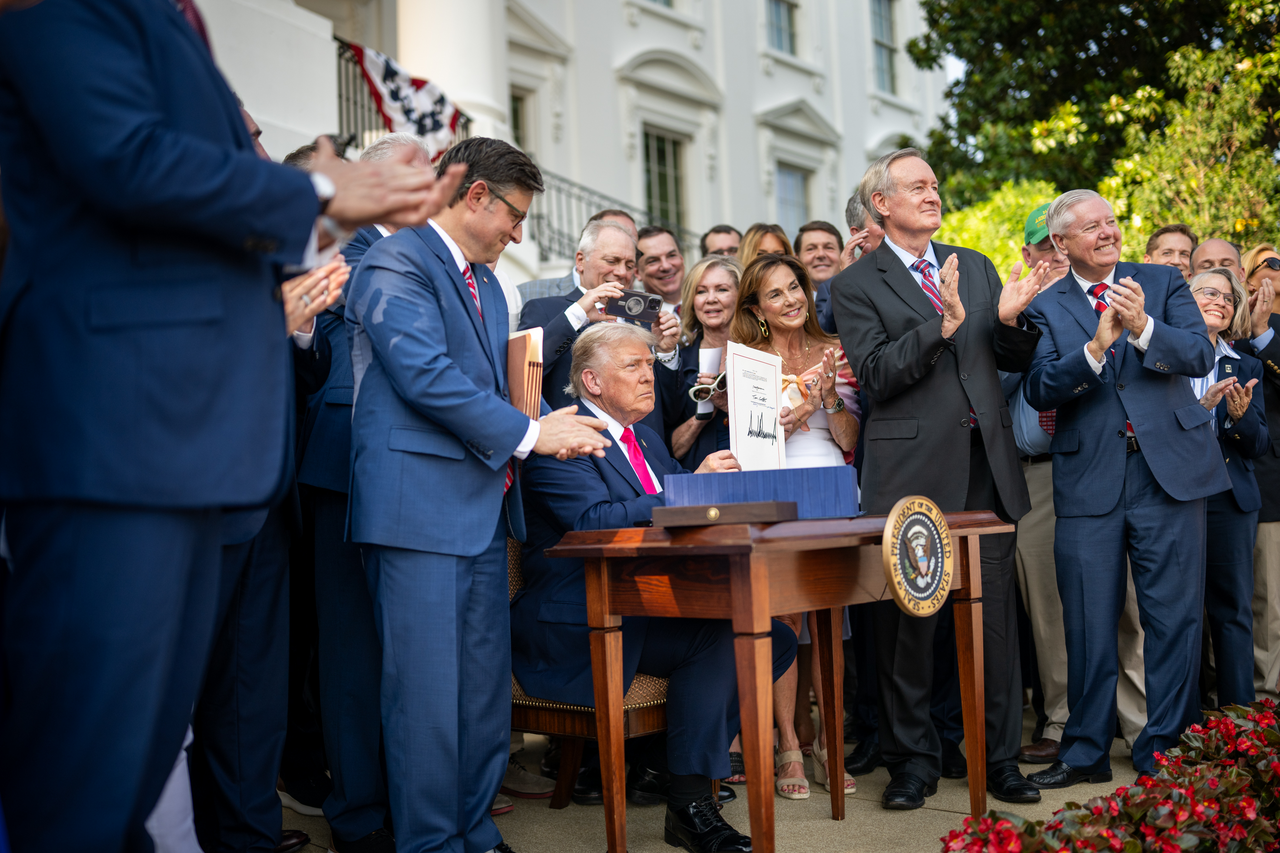The Ohio River Valley spill has raised concerns about the long-term environmental consequences of such disasters and the challenges involved in addressing them. In a recent podcast episode, water expert Robert Bowcock, Managing Director at Integrated Resource Management, Inc., discusses the spill's potential impact on drinking water in the watershed and proposes strategies for remediation and restoration of the region's water resources.
Bowcock, who has worked in the water industry for over 30 years, explains that the spill could have a continuous impact on the watershed, both locally and throughout the region. One of the main challenges he identifies is understanding groundwater well situations and the need to create a capture zone to prevent further contamination.
The potential use of plants for natural remediation is also discussed, as well as the risks of soil vapor intrusion. Bullcock highlights the importance of communication between different stakeholders in the East Palestine train spill and the need for a more coordinated and informed response to such environmental disasters.
The podcast also explores the role of technology and regulation in pollution prevention and source water protection. Bullcock emphasizes the potential of software programs to aid in these efforts, as well as the importance of collaboration between different government agencies. There is also a discussion on the challenges and opportunities in using artificial intelligence for environmental protection and the role of non-governmental organizations in data collection.
Finally, the episode delves into the devastating implications of pollution on communities and their water sources. The urgent need for remediation and restoration in light of environmental disasters like the Ohio River Valley spill is highlighted, with Bullcock urging for better understanding of groundwater well situations and the implementation of more effective strategies to prevent further contamination.
The Ohio River Valley spill serves as a stark reminder of the need for better environmental remediation and water resource protection. It is crucial that governments, NGOs, and communities work together to prevent future disasters and ensure the preservation of our planet's precious resources.
--------- HIGHLIGHTS WITH TRANSCRIPT ---------
Environmental Impact of Chemical Spills
"And people don't understand that when these spills occur, you have a groundwater surface water interface that are is constantly allowing chemicals to be readmitted back into the environment. Think of the area around the railroad tracks as a giant tea bag And that tea bag of contamination is just sitting in there along the railcars. And as it rains, it flushes it into the groundwater. The groundwater ultimately percolates into those creeks that ultimately percolate into the streams, into the rivers, and down into the Gulf of Mexico. So that's how you'll have this continuous impact on the watershed, both locally and throughout the watershed. And it's not just this particular derailment and chemical spill isolated in this one area. Which is why you still see him hauling away dirt. You see he still see him pumping up groundwater, pumping up surface water, cleaning up the creeks. They could engage in that activity for many years. And while it looks good and I applaud them for their efforts, it's a lot of televised placation."
Learning From Past Chemical Spills
"It sounds like, you know, East Palestine response maybe didn't make the right choices. And that's certainly exacerbated the effect of the spill What can we learn from that maybe for other communities? Well, you know, as I started out, we've done over five hundred of these. There was And it's not just east Palestine. In West Virginia, the capital city, about eight years ago, had a chemical spill from a large, you know, fifty thousand gallon petroleum product chemical, MCHM, smelled like black licorice. It was first discovered in the state capital when the legislator went over to drink the water and it smelled like likely, Christian. But anyway, this was a very toxic chemical found its way into the river, found its way into the surface water treatment plant, out into the community drinking water system relatively quickly. You can look back, a capital city in North America was out of water for six weeks. Why didn't we learn from that response? You know, there's been there's been probably as many spills of chemical in the Ohio Walk River watershed in the last week as there have been train derailments. And for those of you watching train derailments, I think we have, like, one and a half a day. It's kind of been crazy. I you know, I didn't focus on it as much as as I did, you know, prior to East Palestine, but this is not our first train derailment. We've had multiple train derailments."
Point Source Pollution Mismanagement
"We don't even catalog or manage our point source program properly in this country. You know, who who's discharging? You you've heard the the Cape Fear River and the the problem with DuPont and the and the per-fluorinated, the the Gen X, they were dumping into that river for decades. They're still dumping into that river for decades. There's a good example of the groundwater surface water interface. The DuPont property in the Kaffir River, they're not point source discharging it anymore because they got caught. Now, it's just leaking out of the groundwater into the river probably for the rest of my life. So it's understanding, you know, we're talking about, you know, in the news today, artificial intelligence is going to take over the world. I am not afraid of that because we can't even count how many point source permits we have in this country proper. You know, it's funny because So maybe I want the artificial intelligence guy to figure that out because it's not that hard, but they just won't do it. Why do you think that is? It's different region by region. And it's unfortunate, it's sad. Your colleagues sitting there in the in the Bay in Oakland, California in the San Francisco Bay."
Groundwater Subsidence Monitoring and FITS Software
"Do you know we watch groundwater subsidence? Basically, where the earth goes down when we over pump groundwater wells, that's called subsidence? We watch that from a satellite all the information is out there. It's just a question of how much money can I make off of it? You know, it's it's this is where, you know, it's The government actually owns a software program called FITS. It's a it's a software program that does source water protection planning. Okay? They give it, you know, if if east Palestine Water, which is a is a good rural community drinking water system, You know, they're good operators there. It's very simple. There's that five groundwater wells that pump to a central location and then distribute the water throughout the community. They do have some contaminants in it. They're working on, you know, getting that cleaned up, not contaminants associated with with the the training around it. They're they're putting the equipment in as though they have been contaminated so that when it does hit, they're prepared. So they're doing the right thing."
Addressing Water Damage and Environmental Regulation
"Yeah. Okay. So that's sounds like another really big problem to solve and certainly essential. But if you are thinking about, you know, sort of, if you're I mean, let's let's go back to East fallacy. Right? They have just had a ten water, you know, water damage event. And this might, you know, be an impact that goes on for multiple decades. What would you recommend for organizations or citizens or, you know, people like us who are who are trying to bring new ideas into that space what are the directions that we could begin to kind of think about? Sure. So what would have to happen? It's funny. East Pelican specific. Where there's an opportunity here that I see starting to unfold, is the fact that it happened on a state line that also separated the EPA of Regents. So Pennsylvania is in a different region than Ohio. So you've got two EPA regions kind of fighting over who's going to control the data and the information. And then you got two states with vastly different approaches to how this is gonna get cleaned up."
High Protein Plants and Chemicals Link
"Any plant that produces high protein The chemicals like to follow the protein chains, which is why they cause cancer, as opposed to the carbohydrate chains. So, you know, you'll find it in the high protein plant producing chemical type systems. So alfalfa produces a ton of protein. I mean, it's it's, you know, people that that, you know, eat meats. Basically, you're just getting all your protein from the alfalfa plant. It's just going through the through the animal that produces the meat. And and, you know, butters and cheeses and, you know, melks and things like that very, very high protein. They're getting that protein from that plant. And so that's why hemp, very high protein, alfalfa, very high protein. Sunflower seeds are very high in protein. That that's the I hope I was able to communicate that that's something you need to follow, you know, when you start thinking of things like that."
Solving Environmental Cleanup Costs
"So last kind of round up thought, if you had the answers to all of these things that, you know, you've mentioned, right, that there's there's data somewhere, but it hasn't been connected, and it's probably not connected to what everyone is doing either. But if that was to be solved, so how now. And you'll be able to say, like, this is what should be done, here's the technologies, and this is the bill. Yeah. I think it's relatively easy to do. I think they might to be honest with you, I think they actually if if it comes down to dollars and cents, I think they've wasted more money that could have gone to real actual cleanup, you know, in the long run. Quite frankly, if I was the head of the railroad, I'd be calling for an audit on where all this nonsense has gone on. And I'd be calling my consulting engineering firms in and saying, hey, the box stops here, buddy. What are you doing? What have you done for me lately? And, you know, really looking at this long and hard, I don't think they need to spend a dollar more than they've already spent. You know what, it must cost to haul it, truckload, to dirt, to Texas? Yeah. That's You know, I could clean up a lot of local groundwater for that, you know. Right."
Phytoremediation for Urban Pollution
"So having taught permaculture here for the last fifteen years, it that's been a large discussion because our cities are fairly polluted, especially with the lead. The lead is a very big concern, which, you know, there's chemicals that will break down and then heavy metals will never break down. And those are the ones that really need to be sequestered over time. And there are techniques like phytoremediation or microremediation that can help break down those chemicals. One example of that is I've heard that sunflowers will pull lead up into its body as it grows. And about the first foot or two of a sunflower will sequester the lead, but then you have to take the plant. Out of there and bring it to a landfill because the lead won't break down. So So are there particular projects happening now to kind of think through the remediation needs of the East Palestine spill or in general, are there projects that are happening that could be augmented to support that? Yeah. And I think that the challenge of the East Palestine spill is that it's so large and it's in a town. And so these chemicals have found their ways all over every constructed surface, you know, and especially from the smoke."











